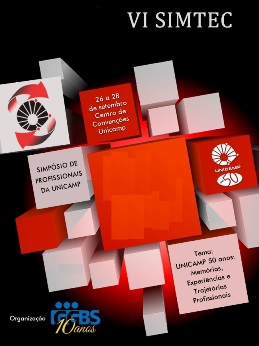Abstract
Introduction: Considering the individual in one's global dimension, when, in situation of the illness process, the Integral and Complementary Practice - PIC corroborates for the health attention integrality. This care line involves approaches that aim to stimulate the natural mechanisms to prevent worsening and health recovery, with emphasis on the welcoming listening and on the therapeutical bond development. Among the practices, Herbal Medicine is a therapy characterized by the use of medicinal plants in their different pharmaceutical forms, without the use of active isolated substances. At Campinas' municipal network, the herbal medicine treatment has revealed an expanding practice, the bandages are made with the manipulated medicines, applied and prescried by the Nurse. Since 2010, the CECOM has implemented the Wound Service Program with the same protocol used by Campinas' municipal network. PURPOSE: Present the integral view results to the patient bearing wounds at CECOM. Methodology: Descriptive study, quantitative type, using a sample of 194 cases that were assisted by CECOM's wound ambulatory, in the period fom January/2011 to December/2012. Results: In two years, since the implementation of the Stomach Therapeutic Nurse Consultation, there was an increase on the consultation number, on the cure rate with decrease on the treatment type of severe injuries and chronic injuies, and finally, the increase on the ahestion to treatment. Conclusion: The use of PIC with herbal medicines brought patients to the service and its holistic service strategy provided the adherence to treatment.
This work is licensed under a Creative Commons Attribution 4.0 International License.
Copyright (c) 2016 Rosane Gomes Rocha, Sonia Maria Dorta Ferreira, Fernanda Sucassas Frison, Robson Pereira Silva, Tatiane Freitas Mata, Michelli Cristina Bortolan, Rosane Pereira Navarro
Downloads
Download data is not yet available.

